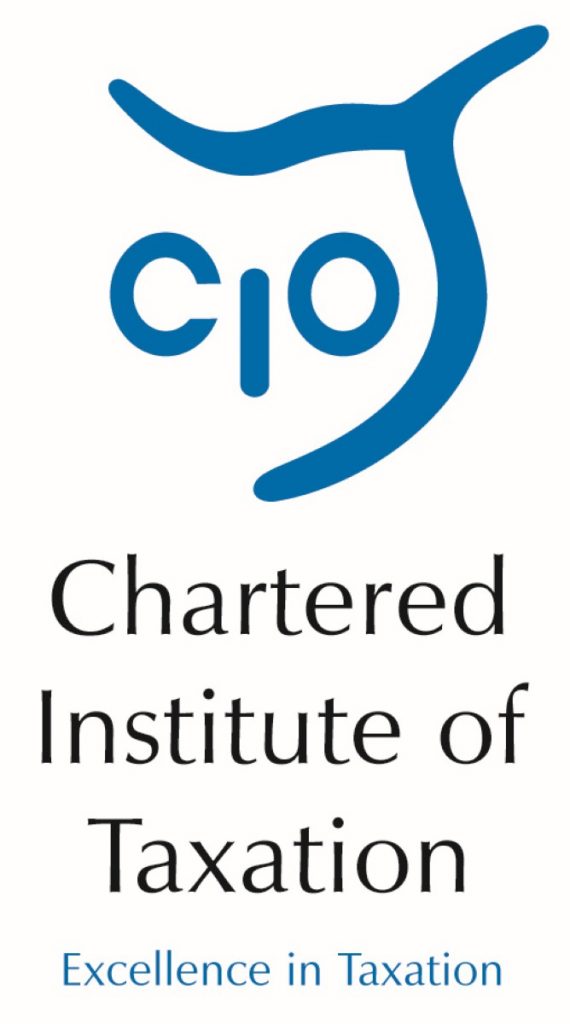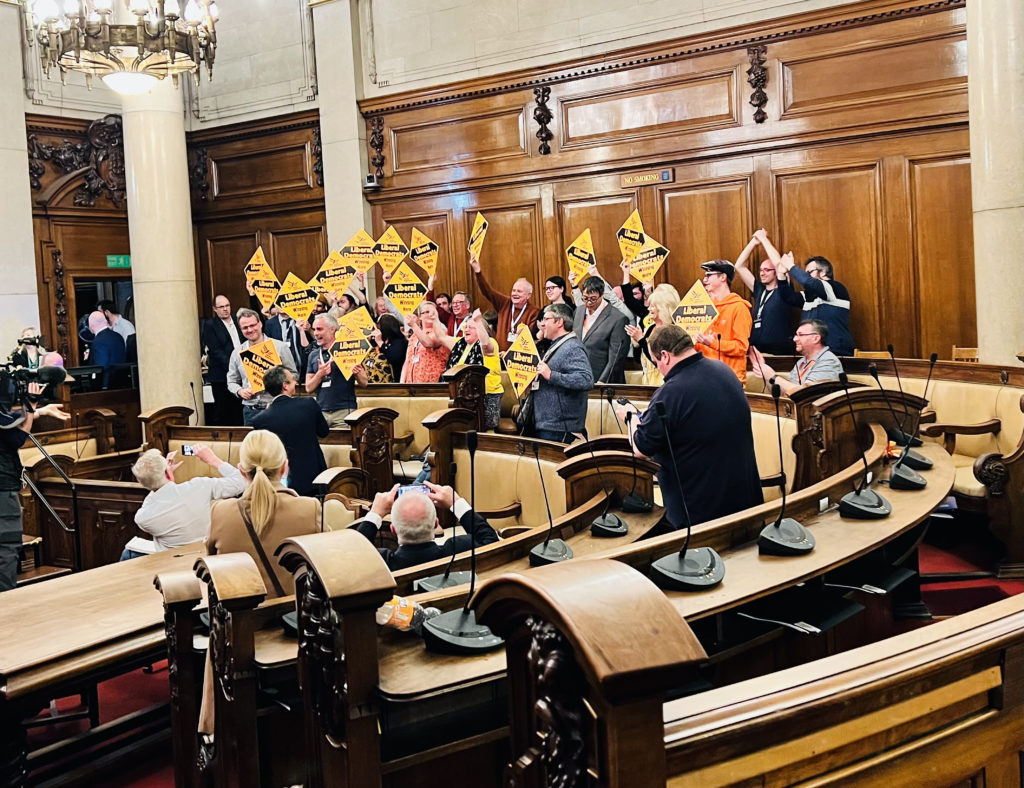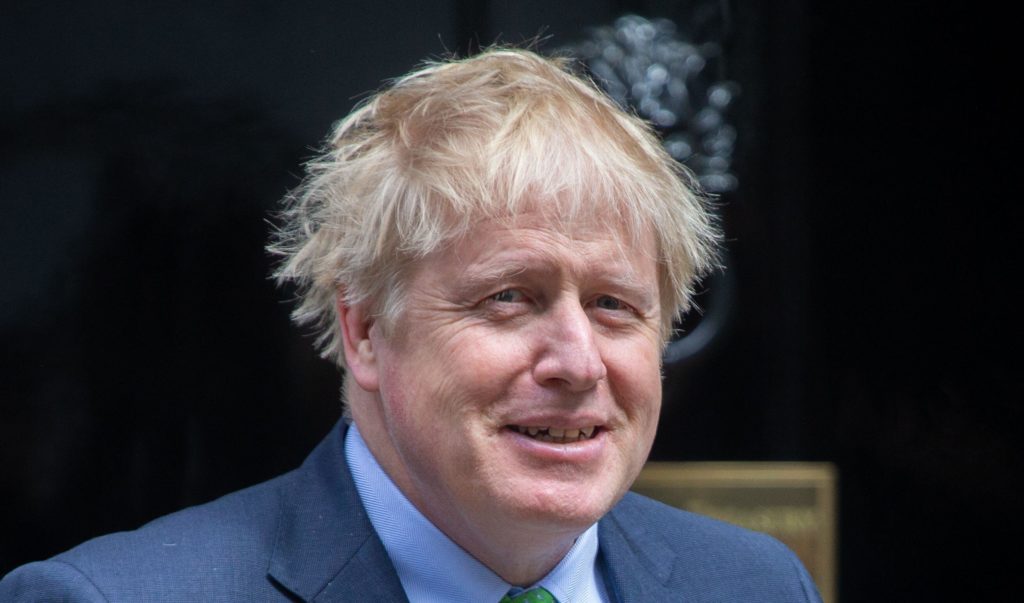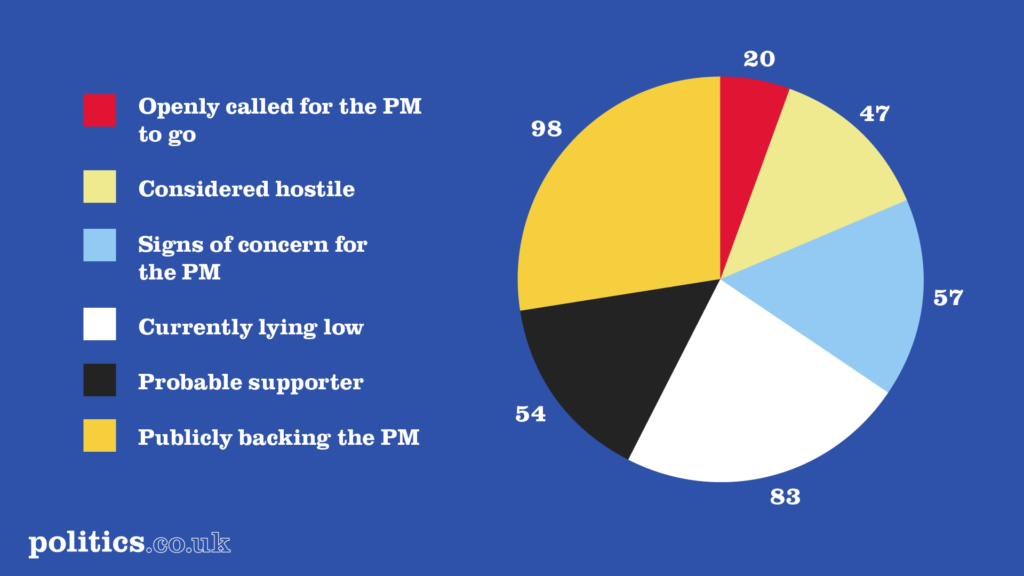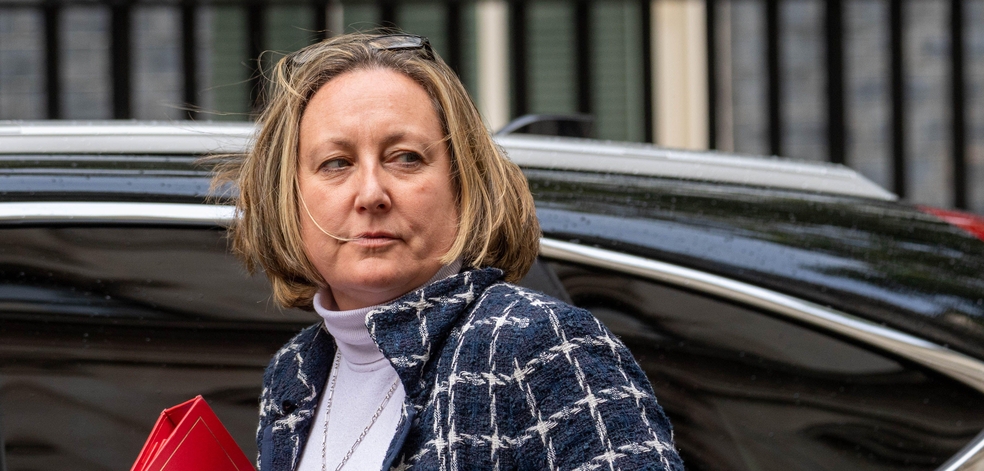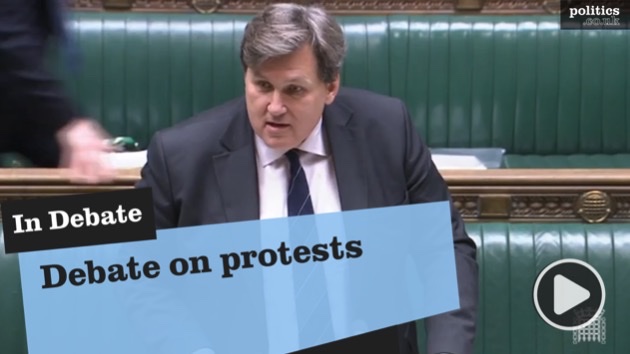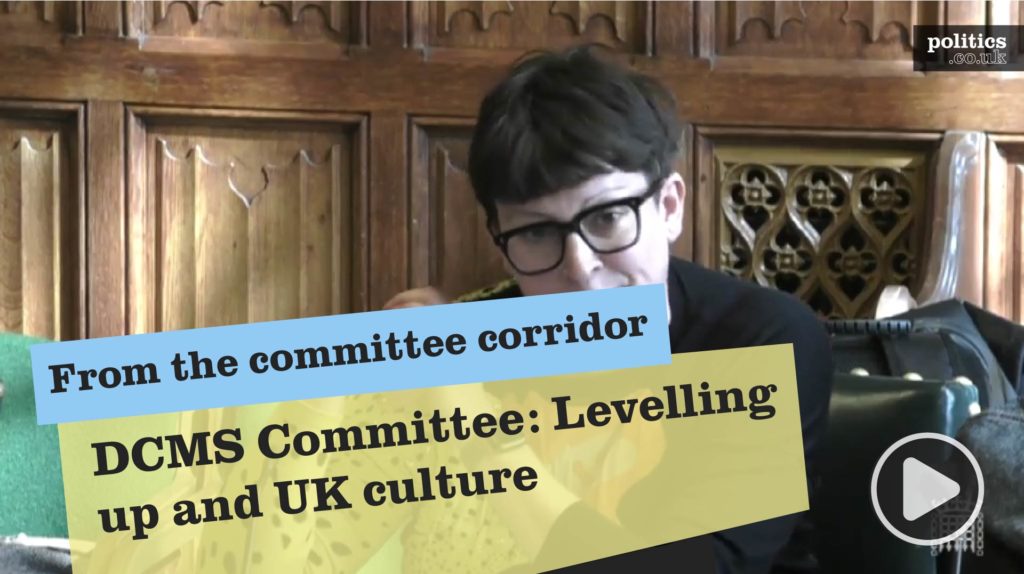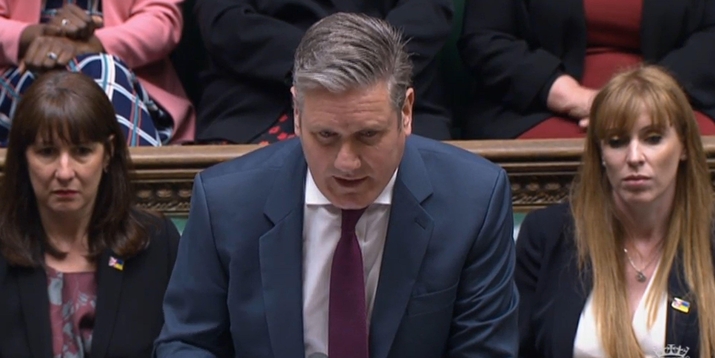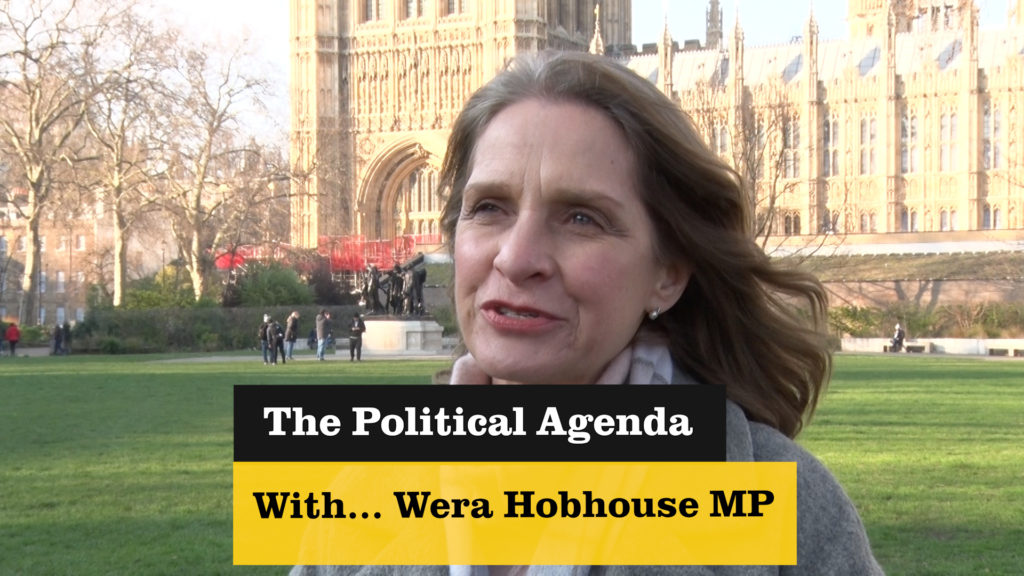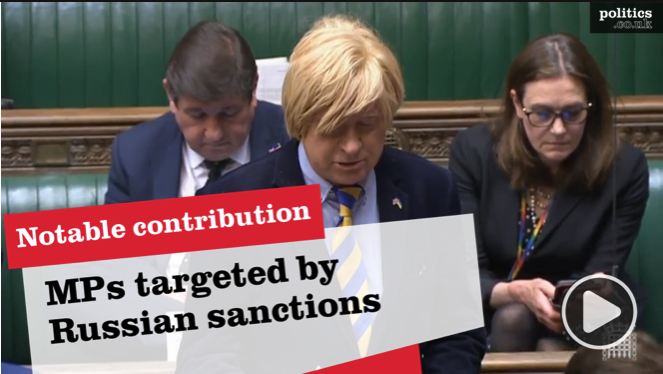What does a teacher earn?
According to the Government’s School Workforce in England Report, in 2019, the average Full Time Equivalent salary for all teachers in state-funded schools was £40,537 per annum. The average salary for leadership teachers (excluding headteachers) was £54,911. The average salary for a headteacher was £71,655.
Teachers pay scale
In England and Wales, there is an Upper and Main Pay range for Teachers, and a Leadership pay range for those in a school’s leadership group. The pay range for unqualified teachers is naturally lower.
Any qualified teacher paid on the Main Pay Range can apply to progress onto the Upper Pay Range. Promotions are granted if the governing body is satisfied that the teacher is “highly competent in all elements of the relevant standards; and that the teacher’s achievements and contribution to an education setting is substantial and sustained.” (Department of Education, School Teachers Pay and Conditions Document).
There are six points on the Main pay scale, and a maximum and minimum level of the Upper Pay Scale. Within these ranges, a teacher’s exact pay is dependent on experience and level of teaching qualifications. There are different rates of pay for Inner London, Outer London, the Fringe of London, and the rest of England and Wales.


As of 1 September 2020, the main pay scale for classroom teachers in England was as follows:
Upper Range
| Pay range/point | England excluding London | Inner London | Outer London | London Fringe |
| Maximum | £38.690 | £46,971 | £42,559 | £39,864 |
| Minimum. | £41,604 | £50,935 | £45,766 | £42,780 |
Mid Range
| Pay range/point | England excluding London | Inner London | Outer London | London Fringe |
| M1 | £25,714 | £32,157 | £29,915 | £26,948 |
| M2 | £27,600 | £33,658 | £31,604 | £28,828 |
| M3 | £29,664 | £35,226 | £33,383 | £30,883 |
| M4 | £31,778 | £36,866 | £35,264 | £32,999 |
| M5 | £34,100 | £39,492 | £38,052 | £35,307 |
| M6 | £36,961 | £42,624 | £41,136 | £38,174 |
The remuneration band for unqualified teachers was between £18,169 and £28,735 with additional weightings on top for different parts of the London Area.
Teachers who assume Teaching and Learning Responsibilities (TLR) alongside their required duties can earn a bonus of up to £14,030 per year, while teachers qualifying for Special Educational Needs (SEN) allowances can earn an additional £4,479.
In 2019, the UK government agreed a 2.75% pay rise for all teachers in maintained schools across the board.
How does teachers pay compare with other professions?
Taking into account the variation of teacher’s pay rates, salaries in the teaching sector are comparable to those in the UK’s average to high-earning professions.
In 2019, the average Full Time Equivalent salary for all teachers in state-funded schools was £40,537 per annum
In 2021, the median annual earnings for full time employees in the United Kingdom was £31,460.
In 2020, payscale.com published the predicted annual salaries in the following sectors:
Accounts: Entry-level accounts staff with less than 1 year’s experience are said to earn an average total compensation of £21,485. This increases to £25,832 within 1-4 years, £30,778 in 5-9 years and £35,639 above that.
Building: An entry-level Builder with less than 1 year’s experience will earn approximately £18,887 pro-rata. With 5-9 years of experience, this increases to £23,499 and up to £27,685 within 10-19 years.
Marketing: A marketing coordinator would likely start at around £22,435. The salary of a Marketing Executive increases to £23,801, and £33,345 for a Marketing Manager.
Sales: Salespeople earn an average base salary of £21,426 a year, albeit in this arena, salaries can rise quickly with the addition of large bonuses and commission. Sales Directors are said to receive an average salary of £63,243 although other estimates have suggested the figure is much higher.
The debate around teachers pay
Claims that teachers are underpaid
Many teachers have long complained of feeling underpaid and undervalued in comparison to different public-sector professions. Concerns have also been raised about working hours, de-skilling through the introduction of classroom assistants, professional self-regulation, disciplinary arrangements and the public and media perception of teaching.
The teaching profession in the United Kingdom has a strong trade union presence. From the turn of the Century, these unions have become increasingly integrated to present a singular, united front in defence of teachers’ rights and values. During the 2010s, the unions showed increased willingness to call industrial action over pay and conditions.
The introduction of performance-related pay (the upper pay scale) in 2000 was highly controversial. Many teachers feared it would only benefit head teachers and management staff, while limiting pay for classroom teachers.
Teaching unions were highly critical of the government’s decision to impose a two-year public sector pay freeze for 2011-12, along with the changes to the Teachers’ Pension Scheme. The National Union of Teachers claimed the combination of a pay freeze and higher pension contributions could reduce teachers’ take-home pay by 11% in total.
Some five years later, in 2017, a joint survey of teachers by the National Union of Teachers (NUT) and Association of Teachers and Lecturers (ASTL) found that 21% of teachers had been denied pay progression in 2016 –up 19% from the previous year. Of these, 15% had been told it was due to budget constraints.
In September 2016, teachers pay rises were capped at 1% nationally. However, individual schools were permitted to grant progression within the limits of the cap and pay range dependent on staff performance. This was likewise condemned by the unions, who argued that performance-based pay de-motivates teachers while damaging retention rates.
In 2020, Teachers Unions warned that the government’s newly released salary proposals would ‘short-change’ classroom teachers. In a joint submission to an independent pay review body, the National Education Union (NEU), National Association of Head Teachers (NAHT), Voice, and the Association of School and College Leaders(ASCL) called on the government to raise teachers’ starting salaries to £30,000. This, they held, would improve retention and reduce staff shortages.
Claims that teachers are fairly paid
Despite ongoing and vocal objection to teachers pay rates, an analysis of comparable salary averages, coupled with the wide-ranging benefits afforded to teachers, has led some campaign groups to challenge the claims of the education unions in relation to teachers pay.
These arguments are made most vociferously by the Campaign Group, the Taxpayers Alliance. In June 2018, the TaxPayers’ Alliance released a report which attempted to counter all calls for salary increases in the teaching sector.
Back in 2018, the average salary among teachers was said to be £38,400 a year – substantially higher than the national average salary of £28,600 in the year. It was also suggested that some leading teachers earned up to £67,300. The Taxpayers Alliance noted how the standard academic year commits teachers to just 38 working weeks a year, whilst offering them comfortable salaries, job security, and secure pension schemes.
The report claimed that there had been significant increases in funding over the past twenty years including, notably, an 80% rise in spending per pupil from 1997 to 2015.The Tax Payer’s Alliance have suggested that a pay rise to teachers would necessarily be funded through generally tax increases, hampering those earning far below the average teaching salary.
As discussed above, these claims as per much of the debate around teacher’s pay, remain heavily contentious.
How is teachers pay set?
Teachers in state schools are employed by Local Education Authorities or the governing bodies of their schools. The parameters of pay and working conditions are set centrally by the Secretary of State for Education.
Established under the School Teachers’ Pay and Conditions Act 1991, the School Teachers’ Review Body (STRB) is responsible for recommending changes to national teachers’ pay rates. Although the body is independent, it is obliged to take direction from the Secretary of State for Education.
The National Pay Scale provides a national framework for salaries, but governing bodies may exercise discretion on how teachers are paid within set ranges.
Teacher pay scales are laid out in the School Teachers Pay and Conditions Document (STPCD) which is legally binding in all local authority maintained schools. Classroom teachers – all those excluding head teachers, assistant head teachers, or leading practitioners – will be paid on either the Main Pay Range or the Upper Pay Range.
Teachers’ pensions
All teachers are eligible for membership of the Teachers’ Pension Scheme (TPS). Full-time and part-time employment commencing on or after 1 January 2007 is automatically pensionable in line with 2007-2008 changes to public service pensions. As with all occupations, teachers are given the option to formally opt-out.
In 2011, the Government announced planned changes to the Teachers Pension Scheme following a fundamental review of public service pension provision by the independent Public Service Pensions Commission. The proposed changes to the Teachers Pension Scheme included a move from a final salary pension to a career-average pension scheme, a phased increase to teachers’ Normal Pension Age in line with changes to the State Pension Age and a rebalancing of employee and employer contributions. Increases in employee contributions were phased in between April 2012 -2015.
Statistics
In November 2019, there were the full-time equivalent of 945,805 people working in state-funded schools in England. Of these, 453,813 were teachers and 265,167 were teaching assistants.
In 2019, the average Full Time Equivalent salary for all teachers in state-funded schools was £40,537 per annum – an increase of over £1,000 compared with 2018.
Salaries are higher for leadership teachers (excluding headteachers), the average salary in 2019 being £54,911.
The average salary for a headteacher was £71,655 in 2019.
Average salaries vary by type of school:
– The average salary of a nursery and primary classroom teacher was £35,673
– The average salary of a secondary classroom teacher was £38,674
– The average salary of a special school classroom teacher was £37,638.
– Average salaries for classroom and other leadership teachers are higher on average in local-authority-maintained schools than academies. However, the average salary for headteachers is higher in academies than in local-authority-maintained schools.
Source – GOV.UK: School Workforce in England, June 2020.
Quotes“Recruitment and retention problems affect the whole profession and we need a decent pay award for the whole profession, as the first step in the urgent restoration of the pay cuts teachers have suffered.” (NEU joint general secretary Kevin Courtney, 2020)
“Teachers, in particular, have seen generous increases in pay when moving up through pay bands, and this comes off the back of those taxpayers in the private sector. Schools should deliver value in their budgets before teachers see higher pay increases, rather than demanding that the government increase spending.” – John O’Connell, Chief Executive of the TaxPayers’ Alliance, 2018
“There is a direct link between pay and leadership supply. Decisive action is urgently needed if we are to have sufficient school leaders for the future. School leaders’ pay this year must begin to redress the real-terms losses they have endured over the past decade.” (PaulWhiteman, General Secretary of NAHT, 2020)
https://pukdevelop.wpengine.com/news-in-brief/salary-boosts-for-new-maths-science-and-computing-teachers/
https://pukdevelop.wpengine.com/blogs/2014/03/26/nut-strike-why-performance-related-pay-for-teachers-doesnt-work/

